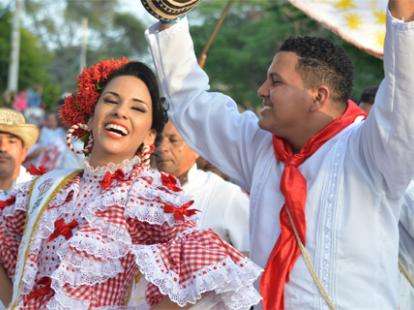
Cumbia Music, originating in Colombia but with roots in Africa, indigenous cultures, and European influences, is a vibrant and rhythmic genre that has gained popularity throughout Latin America and beyond. Known for its infectious beat, syncopated rhythms, and catchy melodies, cumbia music has a rich history that reflects the diverse cultural heritage of the region.
Originally a dance of courtship among indigenous tribes in Colombia, cumbia evolved over time to incorporate elements of African and European music, resulting in a unique and dynamic sound. The genre’s distinctive blend of indigenous flutes, African drums, and European accordions creates a mesmerizing fusion of sounds that is both traditional and innovative.
Prominent artists such as La Sonora Dinamita and Carlos Vives have played significant roles in popularizing cumbia music, bringing it to international audiences and infusing it with contemporary influences. Their contributions have helped to showcase the versatility and universal appeal of cumbia, making it a beloved genre that continues to evolve and adapt to modern tastes while preserving its cultural roots.
Despite commercialization and modernization, the essence of cumbia music remains deeply rooted in its cultural heritage, conveying themes of love, passion, and celebration. As cumbia continues to reinvent itself and inspire new generations of musicians and dancers, it remains a cherished and essential part of Latin music history, perpetuating the vibrant and colorful traditions that define this beloved genre.


